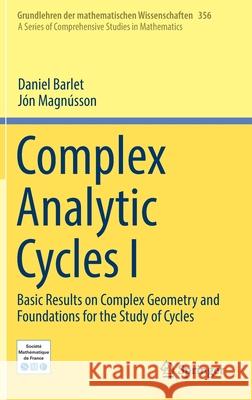Complex Analytic Cycles I: Basic Results on Complex Geometry and Foundations for the Study of Cycles » książka
topmenu
Complex Analytic Cycles I: Basic Results on Complex Geometry and Foundations for the Study of Cycles
ISBN-13: 9783030311629 / Angielski / Twarda / 2020 / 533 str.
Complex Analytic Cycles I: Basic Results on Complex Geometry and Foundations for the Study of Cycles
ISBN-13: 9783030311629 / Angielski / Twarda / 2020 / 533 str.
cena 522,07
(netto: 497,21 VAT: 5%)
Najniższa cena z 30 dni: 501,19
(netto: 497,21 VAT: 5%)
Najniższa cena z 30 dni: 501,19
Termin realizacji zamówienia:
ok. 22 dni roboczych
Dostawa w 2026 r.
ok. 22 dni roboczych
Dostawa w 2026 r.
Darmowa dostawa!
Kategorie:
Kategorie BISAC:
Wydawca:
Springer
Seria wydawnicza:
Język:
Angielski
ISBN-13:
9783030311629
Rok wydania:
2020
Wydanie:
2019
Numer serii:
000764013
Ilość stron:
533
Waga:
0.93 kg
Wymiary:
23.39 x 15.6 x 3.02
Oprawa:
Twarda
Wolumenów:
01
Dodatkowe informacje:
Wydanie ilustrowane











